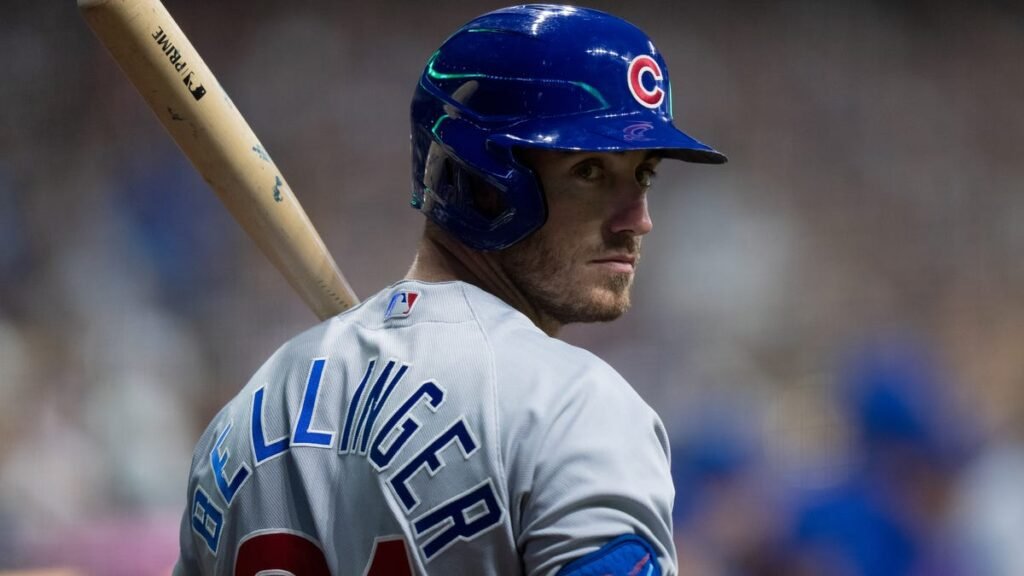The curious case of Cody Bellinger’s free agency

Cody Bellinger’s Future: A Closer Look
On the surface, Cody Bellinger’s life is about to take a turn for the better. After a successful season as a down-ballot MVP candidate, the 28-year-old outfielder is heading into free agency. With his ability to play Gold Glove-level defense in centerfield and at first base, Bellinger would have been considered a unicorn in the past. However, Shohei Ohtani has redefined what it means to be a unicorn in baseball. Nonetheless, Bellinger still has prime years ahead of him, making him an attractive prospect for any team.
One would expect fans to be excited about the news of Bellinger’s signing, as he is a valuable player both defensively and offensively. However, there seems to be an undertone of caution or hesitancy when discussing his potential destinations and offers. This raises the question, “What’s the deal?”
One reason for this caution is Bellinger’s inconsistent performance in recent years. After two seasons of disappointment, Bellinger had a strong comeback in 2021 with the Chicago Cubs. He showcased his power with a .525 slugging percentage and significantly reduced his strikeout rate. These improvements make him an appealing player to have on any team.
However, when delving into Bellinger’s contact numbers, things start to get weird. Despite his impressive performance, he didn’t hit the ball very hard. His average exit velocity and barrel rate were below average compared to other players. His expected batting average and slugging were also lower than his actual numbers. This discrepancy raises concerns about the sustainability of his success.
On a positive note, Bellinger’s exit velocity increased every month after returning from a knee injury in June. His contact rate also improved, both inside and outside the strike zone, reaching a career-high in the zone. These changes suggest that Bellinger has developed better bat-to-ball skills, similar to his MVP season. However, there is uncertainty about whether this improvement is a new normal or just a temporary change.
Another warning sign is Bellinger’s struggle against high-velocity fastballs. In his MVP season in 2019, he performed well against fastballs over 95 mph. However, in 2022, his numbers against fastballs dropped significantly, and his expected numbers suggest he was lucky to even achieve those levels. This decline is unlikely to reverse as Bellinger ages.
On the other hand, Bellinger excelled against off-speed pitches, but it remains uncertain how many of those he will see going forward, considering his struggles against premium heat.
In summary, Bellinger’s floor is a plus-plus glove combined with decent offensive production, but it falls short of the star-level performance seen last year. His contact quality is a concern, as he doesn’t hit the ball very hard. While his ability to draw walks and avoid strikeouts mitigates this issue, it could still result in more outs in the future. Additionally, Bellinger’s injury history raises questions about his durability for a full season.
While Bellinger will undoubtedly secure a lucrative contract due to the limited free agent class, there are underlying concerns that may cause fans to question their enthusiasm in a few years. Only time will tell how Bellinger’s career will unfold, but for now, he remains a player with immense potential and a future that holds both promise and uncertainty.





